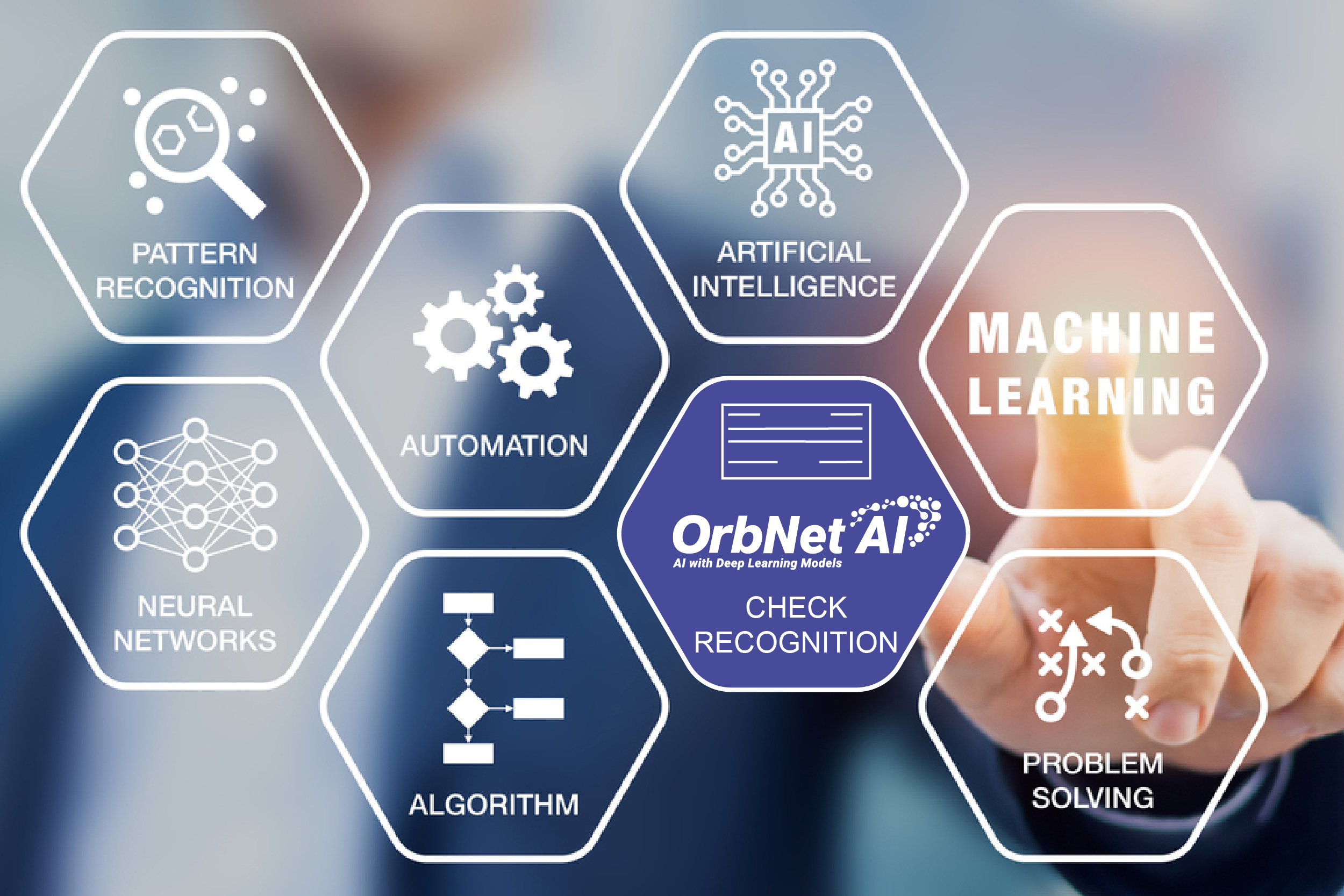The ‘Omnichannel Credit Union’: Not Just ‘a Thing’ — It’s Working, Too!
The challenge: 55% of credit union members have used a product or service from a different bank or financial institution, according to the Credit Union Tracker produced by PYMNTS, in collaboration with PSCU. That means more than half of all credit union members are effectively "comparison shopping."
How do credit unions hold on to their members?

Given that most members interact with their credit union (CU) about 100 times a month, innovation in payments solutions is the single biggest product or service offer that CUs can use to prevent member defections, Brian Scott, senior vice president and chief growth officer at PSCU, told PYMNTS in a recent interview.
Whether those interactions are done through some sort of payment device, through a credit or debit card payment, writing a check, conducting an ATM transaction or using bill pay, these daily touches are a major retention and acquisition opportunity.
“So, making those payment options personalized, simple and secure is really important,” Scott said. “That’s where, in my opinion, credit unions should be focusing to prevent that true loss of a member — not just having them moonlight and try out another solution, but the true losses.”
Credit unions famously enjoy great loyalty, however.
The Credit Union Tracker also found that 66% of credit union members want to take out second mortgages with their credit union, but not a single credit union that was surveyed was eager to innovate second mortgage products to boost member retention.

Even so, credit unions have solidified their popularity as a home lender. Research from Fannie Mae shows the following satisfaction rates with the lending experience:
- 93% for credit union
- 90% for traditional banks
- 85% for mortgage banks
The popularity of "the credit union lending experience" can be attributable to the omnichannel approach adopted by credit unions:
Scott said credit unions have been taking an omnichannel approach that merges the in-branch experience with personalized digital tools, so a member can start in a digital channel and finish in a branch or vice versa. Many also use artificial intelligence (AI)-based decisioning tools that allow them to complete loan transactions in seconds.
“Whether it’s digital, online, in-person, in-branch, it doesn’t matter — that experience, that omnichannel experience, is the same,” Scott said. “I think that’s where credit unions have done a really good job blending those.”
He added that if AI-based decisioning tools are to work well, they need good, clean data. That gives credit unions a competitive edge.
“Credit unions have years and years of data, they have a long history worth of data with their members, where a lot of FinTech solutions, as they’re just starting up, they don’t have that rich data solution set,” Scott said.
In a previous article, John Mateker, Vice President and practice manager for the Clear Point practice at Ceto and Associates, notes that "community banks and credit unions are at a disadvantage. Their lack of necessary internal resources and budget to upgrade their systems and integrate new technologies compared to big banks leads to gaps in fraud coverage, automation capabilities, and outdated systems."
However, partnering with fintech vendors like OrboGraph enables community banks and credit unions to compete by avoiding costly development and testing of home-grown technologies, while integrating technologies like AI for check recognition and image forensics AI for fraud detection throughout different channels including mRDC, ATM, teller, branch, and many more.
